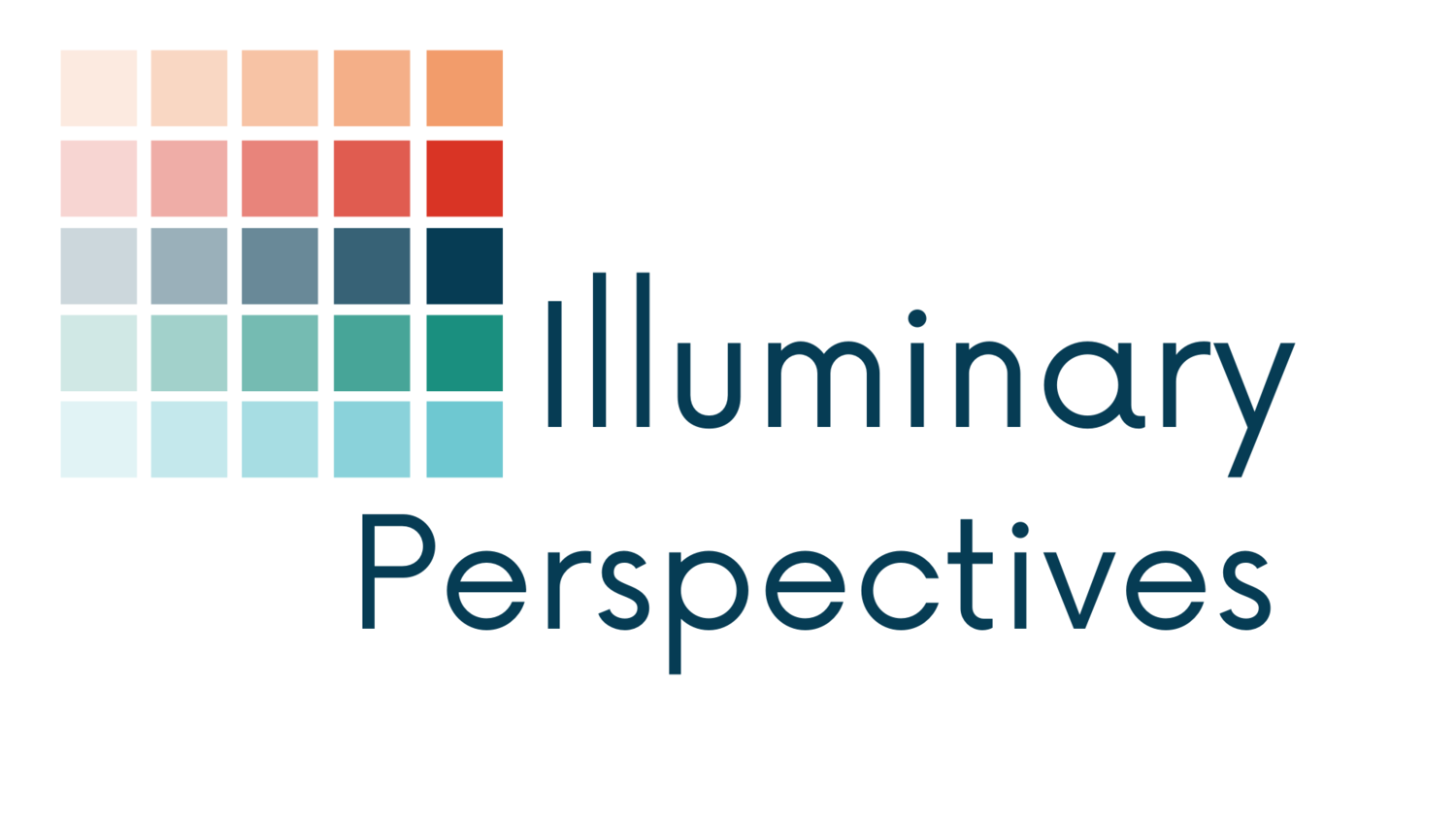A light to guide you
We can’t change the world unless we have a picture of what it could be. Often, we know what we don’t want to exist or happen. But we less often have a clear image of what we do want the world to look like and how it will feel.
Vision. North Star. Goal. There’s a lot of words out there for the change that we are working towards. When we are talking about complex social systems, I prefer to talk about Guiding Stars. I was first introduced to the concept of Guiding Stars through a course on Systems Practice from Acumen Academy and The Omidyar Group. In my practice, I have found Guiding Stars most useful for collaboratives and networks, but are just as valuable for individual organizations as well.
A Guiding Star is your vision for your work, framed as what you want your community to look like in the future. In complex social systems, our work is constantly changing. A Guiding Star frames your goal as a healthier system or community, rather than a concrete end outcome. For example, rather than counting the number of people who are frequenting your no-cost grocery, our Guiding Star would be a system or community where everyone can access the food they want, when they want it. That way, as things change, you can adjust towards that healthier community you are working towards. Guiding Stars become a navigational tool to guide your decision making - pointing you towards the decisions that will bring you closer to that future state of the world you are working towards.
A Guiding Star provides a shared understanding of what you are working toward. Whether you are working in an organization, with a collaborative, or on your own, having that shared understanding of where you are going brings cohesiveness and clarity to the work. Everyone should be able to see how their work contributes to the Guiding Star.
A Guiding Star creates a guide for prioritizing your strategic resources. A Guiding Star gives you focus. Resources (time, money, people, etc.) are finite and how you use them matters. How you allocate your resources reflects your values. Having a Guiding Star helps you direct your resources towards what matters to get you closer to that world you are seeking to create.
A Guiding Star clearly communicates your aims. Being able to clearly communicate what you are working towards brings people in and gets them excited. If you want to create this new world, you are going to need people to partner with you along the way.
A Guiding Star keeps you focused even when there is uncertainty. If there is anything that past two years has taught us is that the only certainty is uncertainty. You never know when something is going to throw you a curveball that changes everything that you do. But knowing the direction you are headed, your Guiding Star, will help you course correct when you get that curveball.
One of the biggest pitfalls I see groups fall into when developing a Guiding Star is getting hung up on if it’s something that is achievable and measurable or not. But here’s the thing. It’s not supposed to be something that you can accomplish on your own. A Guiding Star describes a healthier future system or community - that is not something that one person, organization, or group can do on their own. It takes a collaborative, cross-sector effect to achieve. There are multiple pathways to change and often multiple pathways are needed. Focus on your pathway and how you are contributing to that Guiding Star and understand the contextual factors that are supporting or getting in the way of progress towards that Guiding Star. Identify key pieces of evidence that would let you know that you are making progress and contributing towards this healthier state.
A basic template for a Guiding Star is: “Our shared vision is a [name of system/community] that produces [desired condition].” Let’s look at some examples:
We envision a state where every person living here can access food they choose, where they want it, when they need it. (source: Colorado Blueprint to End Hunger)
We envision a region that is resilient, connected, and capable of supporting every person, regardless of the struggles they face.
We envision communities that take ownership of their futures to develop affordable housing in a new way that addresses physical, emotional, and social well-being.
When looking at each of these Guiding Stars, you will notice that they are all forward looking. They are focused on the positives of what is in place, rather than the negatives, what is absent from the future. Guiding Stars should also be broad enough that a large group can connect their individual work and values in them, but specific enough that it gives the group a common goal to be working towards.
So how do you go about creating a Guiding Star for your program, organization, group, or personal work? There are a lot of visioning activities out there to help you create a Guiding Star. I’m partial to activities that engage imagination and creativity - tapping into a different part of the brain than most of us are used to engaging. Here’s a general outline of how I’ve approached these sessions in the past:
My Guiding Star exercises typically start with the question: What would the community look like in 5 years [10 years, 20 years] if you achieved your goals?
From there, I allow time for individual reflection of some kind. In this part of the activity, I like to encourage participants to draw something. This engages a different part of the brain and gets people out of thinking about what is possible towards imagining what could be possible. It could be as simple as asking people to draw a picture of what their community will look like in the future. I’ve used a Cover Story activity to get people to think about what they would see on the cover of a newspaper in the future.
Then I will break participants into pairs or small groups. In these groups, they will share their picture or reflection with each other and identify similarities and differences. Each group will then have to develop their own Guiding Star based on these similarities and differences.
Lastly, I bring the full group together to share their Guiding Stars, identify similarities and differences among each of them, and develop a shared collective Guiding Star.
This is a very simplified version of the activity, but there are so many ways you can go about this sort of visioning process. This is just one idea to get you started. I’ve done this in one session, multiple sessions, and a group session with individual follow-up conversations. The possibilities are endless!
How have you engaged in visioning processes?


